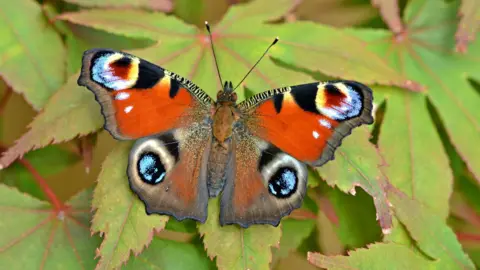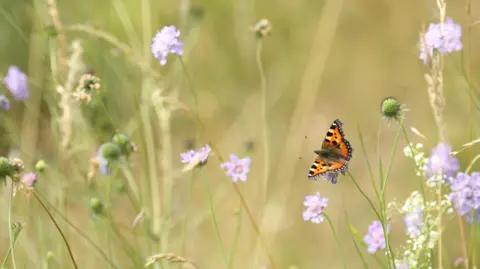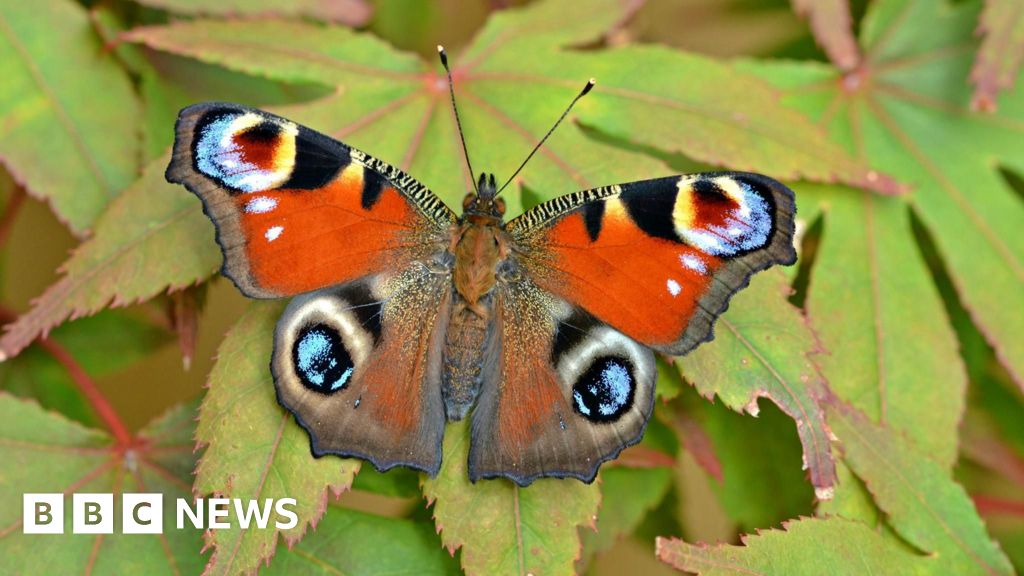BBC News, Wiltshire
 PA Media
PA MediaGardeners are being urged to resist mowing their entire lawns in efforts to support struggling butterfly populations.
Last year was one of the worst years on record for butterflies, according to the results of Butterfly Conservation’s Big Butterfly Count.
Experts at the organisation say mixed lengths of grass are best for providing food and shelter, ideally with naturally occuring plants such as dandelions left to flower.
Robin Griffiths, part of the Wiltshire branch of Butterfly Conservation, said: “When you mow your lawn, don’t mow it all. To mow the lawn completely and regularly through the summer does very little for insects.”
Conservationists declared a national butterfly crisis after last year’s count.
Mr Griffiths said gardeners should exercise restraint between now and September.
“It’s not just a one year problem, over half of the British species are in long term decline and it’s the first time ever that this has been the case,” he said.
 PA Media
PA MediaMr Griffiths said rare butterflies and common garden species alike had been affected.
“The most desperate of the lot is the small tortoise shell which many people know and love as a garden butterfly,” Mr Griffiths said. “Since the 70s it’s declined by 86%.”
The decline in the tortoise shell has been blamed on human activity, the use of pesticides and climate change.

Maurice Avent, vice president at the Butterfly Conservation, said farming practices were having huge impacts on the insect.
“In the past, a hay field was a multitude of different species – many species of flower and grass all growing together,” he said.
“Nowadays, in nearly every case, one crop is used to make silage or hay.
“That’s why gardens are so important, because a garden can almost be like a mixed meadow – they’re a very vital area of conservation for butterflies these days.”

